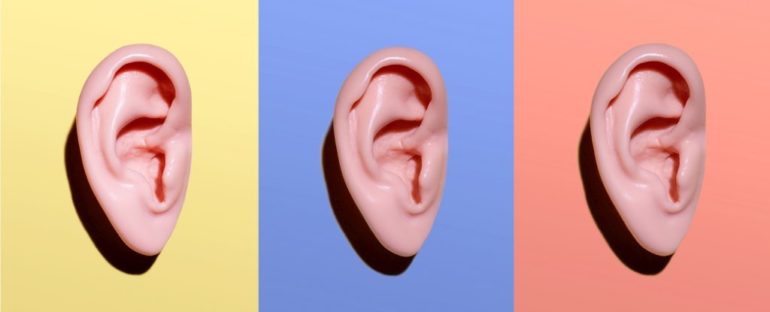Although we humans generally have control of our skeletal musculature, there’s at least one we don’t always have a handle on. In the middle ear sits the tensor tympani, and it seems most people are unable to contract it voluntarily.
Those that can contract their tensor tympani – a small muscle located above the auditory tube – are privy to a special skill: the action produces a low, thunder-like rumbling in their ears.
This is not a new discovery. Sound being produced by the voluntary contraction of this muscle was discussed on page 1,263 of physiologist Johannes Müller’s 1842 text Elements of Physiology Volume 2.
But oftentimes, an experience that may seem normal to you is utterly bizarre to another person, and vice versa. There is, after all, much variation in the category encompassed by the word “human”.
In 2020, a tweet from Italian engineer Massimo’s science Twitter account had the internet rumbling once again, dividing people into the haves and have-nots – most of whom were previously unaware that the other side even existed.
A part of the human population can voluntarily control the tensor tympani, a muscle within the ear. Contracting this muscle produces vibration and sound. The sound is usually described as a rumbling sound https://t.co/FjD36qFACU pic.twitter.com/ianKb60EK8
— Massimo (@Rainmaker1973) February 17, 2020
The tensor tympani actually has some important roles in our hearing. When you hear a sound, your eardrum vibrates. This sound is transferred to a series of bones – the malleus, incus and stapes – that transmit sound waves to the inner ear.
The malleus is the closest to the eardrum; it transmits the membrane’s vibrations to the incus. And the tensor tympani is connected to the malleus. When it contracts, it pulls the malleus away from the eardrum, which tenses the eardrum membrane (or tympanic membrane, hence the muscle’s name), limiting its ability to vibrate and thus dampening the vibrations transmitted through to the inner ear.
Tensor tympani does this reflexively in response to loud noise; it’s thought that this protects the cells of the inner ear from damage.
But the muscle is thought to have two additional roles as well. It can mask low-frequency sounds, which better enables us to hear high-frequency sounds. And it also contracts slightly in response to self-generated sounds, like chewing, coughing, speaking and yawning, probably to prevent us from being deafened by our own bodies.
When the tensor timpani contracts, what you’re hearing is literally the sound of your own muscle; if you can contract it at will, the noise-muffling effect is sort of like putting your hands over your ears, but without your hands!
It can also be alarming if you don’t know what’s happening. A 2013 case report describes a 27-year-old man who went to his doctor “complaining of voluntarily evoked bilateral tinnitus”, only to find he was able to voluntarily contract both tensor tympani muscles, and the roaring noise was nothing to be concerned about.
For those of us who can’t make their ears rumble on command, there is a way to find out what it sounds like. Have a big old yawn. Hear a rumbly rushing noise? That’s your tensor tympani muscles contracting. Pretty neat, huh?
Now wait’ll you hear about the people who can equalise the pressure between the atmosphere and their inner ear on command…



